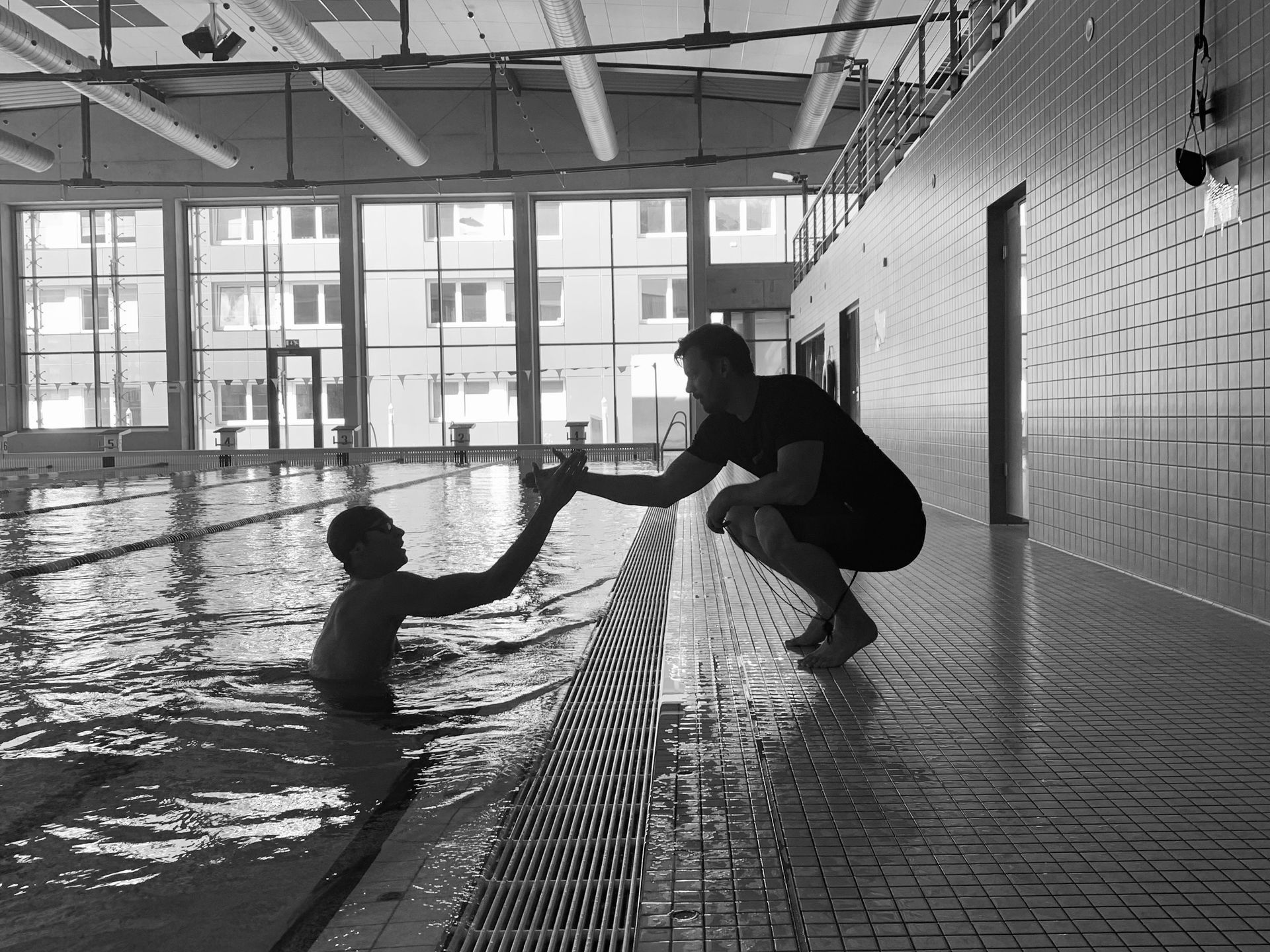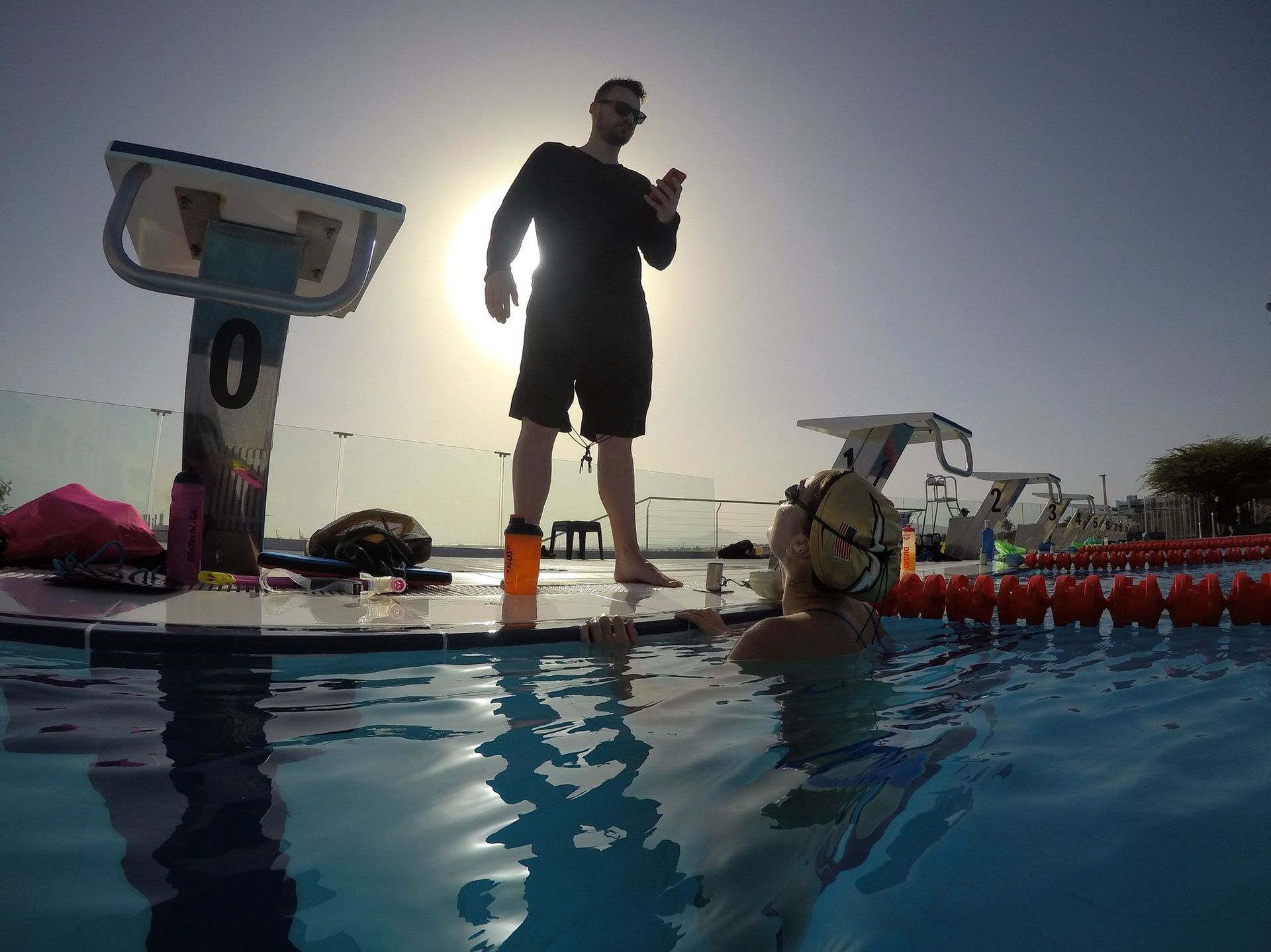An incredible journey: Samyar's Rise to the National Stage
Samyar's Story

2022 was nothing short of extraordinary for Samyar, and it was a year that truly defined his potential in the pool. When Samyar first came to me in September, he had been off swimming for a year, when before his training was primarily focused for a breaststroker.
But something about him stood out to me—his body type, his character, and his natural freestyle technique. I saw in him a potential that could be better realized in a different stroke. His tall, lean frame reminded me of great sprinters like Alexander Popov, whose power and fluidity in freestyle were key to his success. I knew then that Samyar had the physical attributes to excel in the 100-meter freestyle, and that’s when I made the decision to change his stroke.
It wasn’t an easy transition. Samyar had spent years honing his breaststroke technique, and changing direction required a complete shift in his mindset and approach. But I saw the way his body moved through the water, the way he naturally adapted to the rhythm of freestyle, and I was confident that this was the right decision. I believed that if we worked hard and focused on his strengths, Samyar could truly excel.
And he did. In the first race of the season, he showed that he had the potential to succeed in freestyle, but we also knew we had to build up the entire race from scratch. It wasn’t just about getting faster—there were so many technical aspects to address which had been neglected for years when his training had been almost soleley focused on breaststroke and he had stopped swimming as he felt he couldn't get any further. So we needed to refine his dive, work on his tturn and underwater phase, perfect his breakout, and focus on the opposite arm freestyle technique. At the same time, we were building his speed endurance, making sure he could sustain that fast pace throughout the race and we also kept working on his mindset and approach to training.
It was a comprehensive approach, and every detail mattered. We worked tirelessly on each component—adjusting his underwater streamlining, improving his transition from the start, and ensuring that every stroke was as efficient as possible. We focused on building the power and endurance to make sure Samyar could hold his speed, especially in the final 20-25 meters, where races are often won or lost. That’s when fatigue sets in, and it’s critical to maintain technique and power to the very end.
Within a few months, we saw incredible consistent progress. From a 57.6-second 100 freestyle beginning of the season, Samyar dropped to a remarkable 50.70 seconds—an improvement that seemed almost impossible at first. More importantly, that time set a new Iranian record, a moment I’ll never forget. It wasn’t just about breaking the record—it was about watching Samyar push himself, adapt, and thrive in a completely new event.
Looking back at 2022, I’m filled with pride. I knew Samyar had untapped a potential he thought lost before and I’m so glad I made the decision to help him unlock it. But what has been even more incredible is what’s happened since.
In 2024, Samyar achieved what many only dream of—he qualified for the Olympics. It’s a testament to his dedication, his tireless work ethic, and his newly found belief in himself. From the moment we switched to freestyle, I knew he was capable of achieving great things, but seeing him make it to the Olympic stage is something truly special.
The path ahead is still full of promise, and I’m excited to see where Samyar’s journey will take him next. With his natural talent, unwavering commitment, and the confidence he’s built along the way, I have no doubt he will continue to break barriers and achieve even greater heights.



